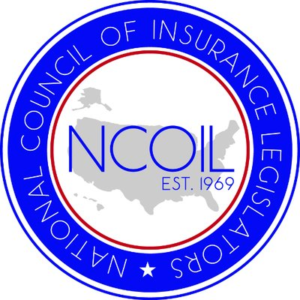What to tell the consumer?
 The effort to export and promote Florida’s progressive private flood insurance regulation to the rest of the country continues. A Private Flood Insurance Model Act that has been struggling to find consensus will be discussed again during the upcoming Spring Meeting of the National Council of Insurance Legislators (NCOIL) March 5-8 in Charlotte.
The effort to export and promote Florida’s progressive private flood insurance regulation to the rest of the country continues. A Private Flood Insurance Model Act that has been struggling to find consensus will be discussed again during the upcoming Spring Meeting of the National Council of Insurance Legislators (NCOIL) March 5-8 in Charlotte.
Florida state representative David Santiago authored the act and I’ve been on the team promoting it to NCOIL and to individual states. Florida’s private flood insurance market is growing with a policy count we estimate hit 100,000 by the end of 2019. While Congress works on various reforms to the National Flood Insurance Program (NFIP), we believe a simple and non-burdensome regulatory framework will allow all states to seize the opportunity for the private market to provide consumers improved availability and affordability in flood insurance.
The hang-up is over what we term “agent education of the consumer.” The Act’s current proposed language requires an insurance producer to notify the applicant of the existence of the NFIP and private market alternatives for flood insurance coverage; inform the applicant that a homeowner’s property insurance policy, unless endorsed for flood insurance coverage, does not include coverage for the peril of flood; and inform the applicant that unless flood insurance is purchased, the applicant has declined flood coverage. We think it’s a good idea that this “agent education of the consumer” be documented, too.
An industry consortium of agents, surplus lines, and legacy carriers has proposed a strike-all amendment that would change the above language, to reflect “the consumer must be informed that the coverage under the National Flood Insurance Program may be provided at a subsidized rate and that the full-risk rate for flood insurance may apply to the property if the applicant later seeks to reinstate coverage under the program.”
The problem with that: the terms “subsidized rate” and “full risk rate” are vague. The NFIP, in its transition to Risk Rating 2.0, isn’t using those terms anymore. It’s so 1960’s! The agents associations, however, like the above language so they don’t have to sell private flood insurance at only about a 10% commission vs the NFIP’s generous 20% commission.
We’ll follow-up with news on what happens at the NCOIL meeting and keep you in the loop!
LMA Newsletter of 2-24-20

